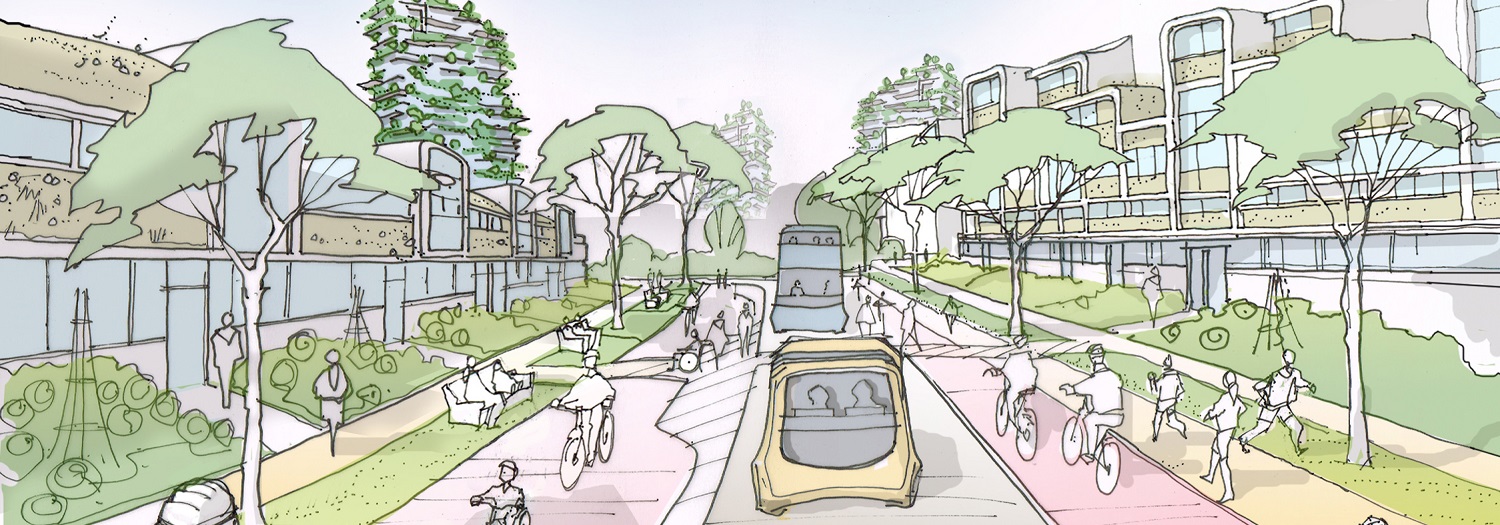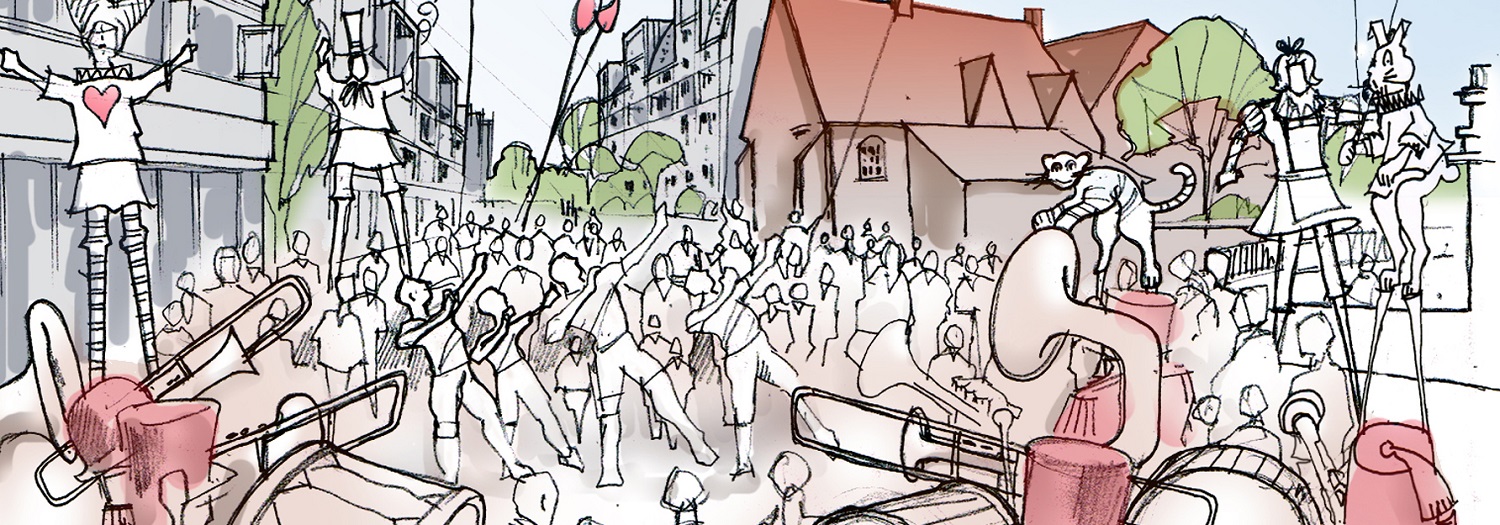Oxford2050: People and communities

- People will be able to live fulfilled, happy and healthy lives
- Oxford’s diverse communities will have a strong sense of togetherness
- Deprivation and inequality will have been reduced across Oxford
A community is more than just housing. In 2050 the fabric of Oxford will promote community, health and leisure so that our residents can enjoy happy, healthy and safe lives.
The communities within Oxford will all have their special local character, but they will each provide easy access to shops, workplaces and schools, to health centres, cultural activities and leisure facilities.
“Human connection, love, empathy, justice and mercy, compassion, intellectual challenge, a spiritual dimension to life, physical affection, exercise in the fresh air, and the enjoyment of food and drink will all remain vital ingredients of a more fulfilled lifestyle.”
Alasdair, Oxford OX2
People’s physical and mental health and wellbeing needs will be supported and addressed to enable them to live fulfilled, happy and independent lives.
Learning the lessons from Barton Healthy New Town, physical and mental health and wellbeing will be built into the fabric of new and existing communities; streets will be designed for cycling and walking, there will be a network of green spaces featuring outdoor gyms, and there will be a range of affordable and accessible health, leisure and community facilities.
With less need for private cars, fewer vehicles will be parked on streets across Oxford – and the streets will be reclaimed for the people. This will provide more space to plant trees and flowers, install benches and cycle parking, and for people to meet, exchange ideas and hold community events.
People will live longer in 2050, and Oxford’s population will be older. Community facilities and resources will have adapted to provide a comprehensive offer to meet the needs of the elderly, in particular tackling isolation and home care needs.
“It would be great if by 2050 poverty was not an issue in Oxford and that all workers – nurses, carers, cleaners, administration assistants and teachers – could live in the community they serve, eliminating polluting and expensive travel, and giving due reward for these vital roles of service.”
Sophia, Oxford OX2
Oxford will have tackled the housing crisis by 2050, and by easing the high cost of living in Oxford – together with increased community spirit, full employment and fairer incomes – there will be significantly reduced levels of deprivation and inequality across Oxford.
With a reclaimed public realm and improved facilities, Oxford’s diverse communities will have more places and venues to come together, nurturing greater cohesiveness and community activity. There will be a strong sense of togetherness and community spirit between people of all ages and backgrounds, and people will look out for each other. Town and gown will be an integrated community.
Oxford’s existing wide range of community groups, religious organisations and charities will be further strengthened by this improved community cohesion, and will better respond through outreach work to the needs of the diverse city. Automation will mean people will be able to work fewer hours, leading to more time to volunteer and support the local community.
“A real sense of community needs to be brought back to the streets. People from the different wards of Oxford need to mix and help one another.”
Lindsay, Oxford OX4
Local authorities will work closely with other service providers, including local community and charitable groups, to share ideas, information and work, and provide easy access to services, and avoid duplication of services.
Oxford will have respected community, civic, business and other leaders who will be working together to improve Oxford, but technological advances and an increased level of community involvement will mean that citizens are enabled to take greater control of their local area.
“A sense of belonging reinforces compassion and commitment to our daily lives and surroundings. We treat what we see and what others own with greater respect. This becomes a blueprint for how other cities should behave.”
Marco, Oxford OX3
Although police officers will remain visible on our streets, Oxford will feel – and be – a safe place to live and work. Social issues, including drug and alcohol dependencies, will be a thing of the past.
Oxford will be a tolerant and compassionate city, welcoming to tourists and visitors, and renowned for its tolerance, inclusivity, diversity and compassion.


